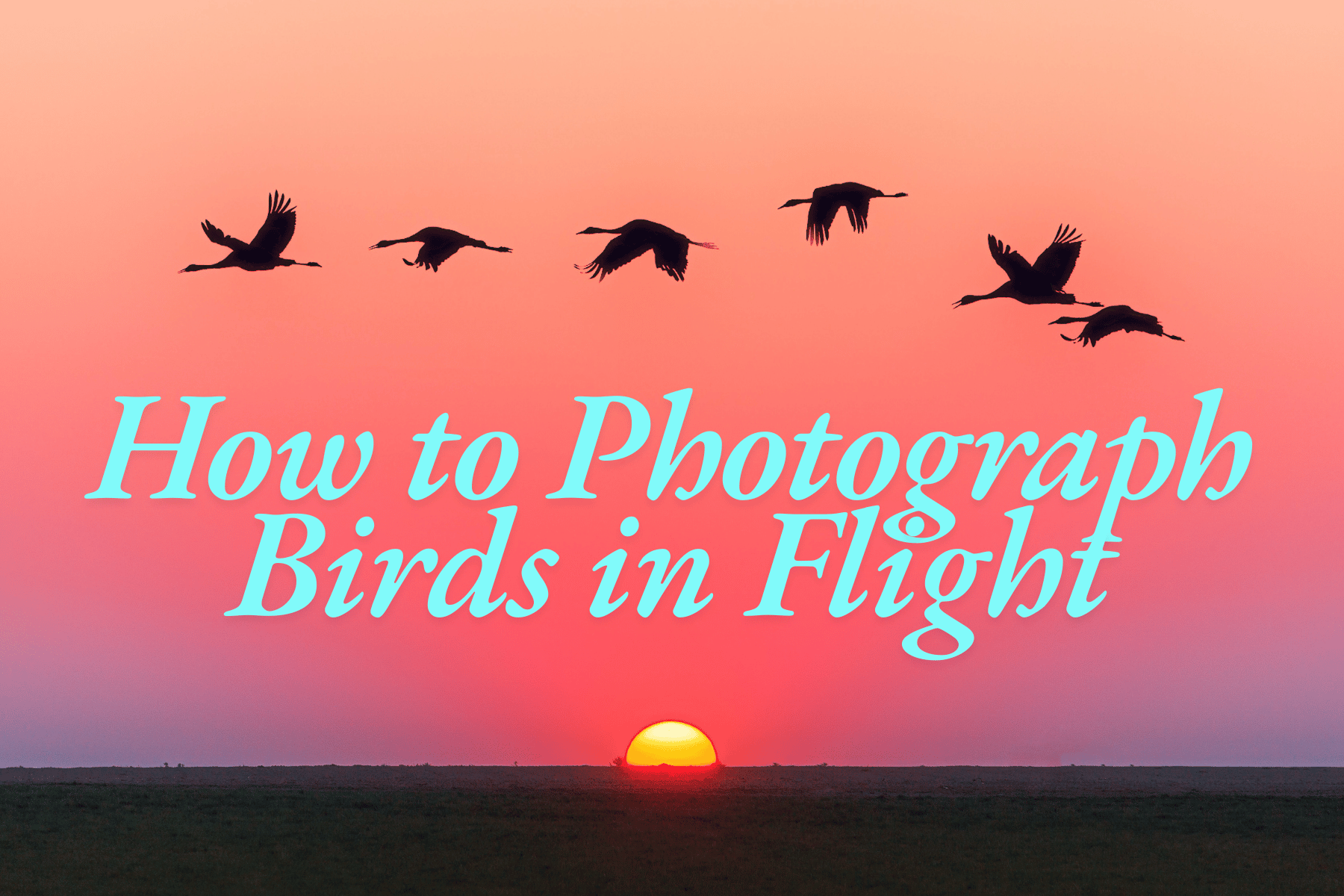Photographing birds in flight can be thrilling, challenging, and ultimately rewarding. If you’ve ever wanted to capture those graceful wings in motion, you’ve come to the right place. Birds, with their unpredictable movements, make excellent subjects for dynamic photography. With the right approach and equipment, you’ll be snapping stunning bird flight shots in no time.
In this guide, I’ll share my top tips on how to photograph birds in flight, based on personal experience and practice. So, let’s get started!

Understanding Bird Behavior: The First Step in Bird Photography
Before you even grab your camera, it’s crucial to spend some time observing birds. Different species have different flight patterns, and understanding their behavior can make a world of difference when it comes to photographing them in flight.
- Large birds like eagles and herons fly slower, making them easier to track and photograph.
- Small birds such as swallows or hummingbirds are fast and unpredictable, requiring quicker reflexes and more preparation.
Understanding when and where birds are most active will increase your chances of getting that perfect shot. Birdwatching will help you anticipate their movements, making it easier to photograph them mid-flight.

Essential Gear for Photographing Birds in Flight
Now that you’ve gotten to know your feathered subjects, it’s time to gear up. While you can photograph birds with any camera, using the right equipment will dramatically improve your results.
- Camera Body: A mirrorless camera or a DSLR camera with fast autofocus and continuous shooting capabilities is ideal. A crop sensor camera can also be helpful for added zoom.
- Lenses: A telephoto lens is your best bet. Beginners will love a versatile zoom lens like a 100-400mm. The longer the focal length, the better!
- Accessories: A sturdy tripod or monopod will provide stability, especially when using heavier lenses. High-speed memory cards are essential to avoid delays when shooting in burst mode.

Camera Settings for Bird Flight Photography
Mastering your camera settings is crucial for freezing birds in motion. Here’s a breakdown of the optimal settings:
- Shutter Speed: Aim for at least 1/1000th of a second to freeze the action. For faster birds, crank it up to 1/2000th.
- Aperture: Set your aperture to around f/5.6 or f/8. This strikes a balance between sharpness and letting in enough light.
- ISO: Start at ISO 400 and adjust based on lighting conditions. Remember, it’s better to deal with noise in post-processing than to lose sharpness.
- Autofocus: Use continuous autofocus (AF-C) to track the bird as it flies. This setting will keep your subject sharp as it moves.
- Burst Mode: Enable burst mode to take multiple shots in rapid succession. The more shots you take, the higher your chances of capturing the perfect moment.

Techniques for Capturing Birds in Flight
Simply pointing and shooting won’t yield the best results. Here are some techniques to help you master bird photography in the field:
- Timing: Timing is everything. By observing bird behavior, you can anticipate when they’ll take off or change direction. Be ready before the action happens.
- Panning: Panning involves moving your camera with the bird as it flies, keeping the bird in focus while creating a blurred background to convey motion.
- Composition: Avoid centering the bird in the frame. Instead, give it room to “fly into” the shot. Adding landscape or clouds can create a more dynamic image.

Lighting for Bird Photography
Lighting plays a critical role in any form of photography. Early morning or late afternoon during bright sunlight provides the best lighting conditions, often referred to as "golden hour." This soft, warm light brings out the details in the bird’s feathers. Avoid midday sun as it creates harsh shadows and blown-out highlights.
Related article: Golden Hour - The Key to Better Golden Hour Photography

Patience and Persistence
Patience is key when photographing birds in flight. Don’t get discouraged if you don’t nail the perfect shot right away. Sometimes you’ll spend hours without capturing anything noteworthy. Stick with it! The more time you spend in the field, the more your skills will improve.

Post-Processing Tips for Bird Flight Photography
Editing your bird photos can make a huge difference. Here are some quick tips:
- Cropping: If the bird is too small in the frame, don’t hesitate to crop in to focus more on your subject.
- Exposure & Contrast: Adjust the exposure and contrast to make the bird stand out from the background.
- Sharpening & Noise Reduction: Apply selective sharpening to bring out feather details. Use noise reduction carefully to avoid losing image quality.
Related article: The Importance of Editing Your Photos
Conclusion: Enjoy the Process
Photographing birds in flight is as much about the experience as it is about the final image. Enjoy the process of being in nature, observing these majestic creatures, and improving your photography skills. With practice and patience, you’ll soon be capturing stunning shots of birds in motion. Happy shooting!
Related article: How to Photograph Birds
Related article: How to Photograph Hummingbirds
Related article: How to Take Great Photos of Nature
Related article: High-Key Photography: Creating Bright and Airy Images
Related article: Capturing Motion: A Guide to Achieving Stunning Motion Blur
Related article: How to Photograph in Bad Weather












